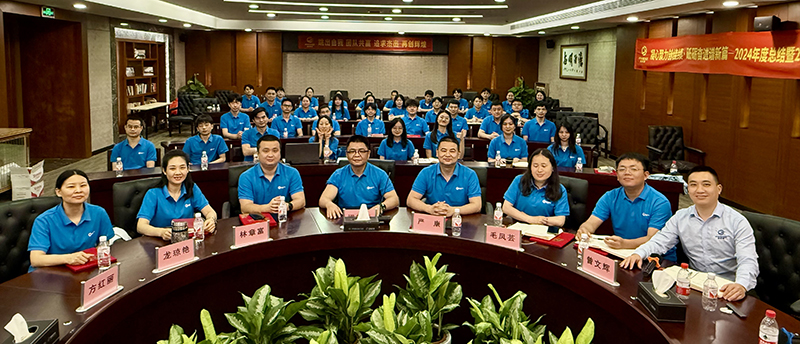Sunshine
Load
Battery
Inverter
MPPT Controller
Solutions
Solar Array
Single Panel
Battery Pack
MPPT Controller
Solutions
Mission:
To drive the advancement of the new energy industry, dedicate ourselves to creating exceptional value for customers and empower partners to achieve self-fulfillment.
Vision:
To become the most trusted provider of smart photovoltaic solutions globally.
Culture:
Customer-centric & Team Working


Enterprise vision
Become a reliable photovoltaic power generation intelligent system solution supplier

Enterprise Values
People oriented, pursue excellence, and continue to create greater value for society, enterprises, partners, and every employee

Enterprise Purpose
Highlight the technical professionalism and exquisite craftsmanship of products, and pursue products with high technology, high quality, high efficiency and high cost performance

13
May

06
May

25
Apr